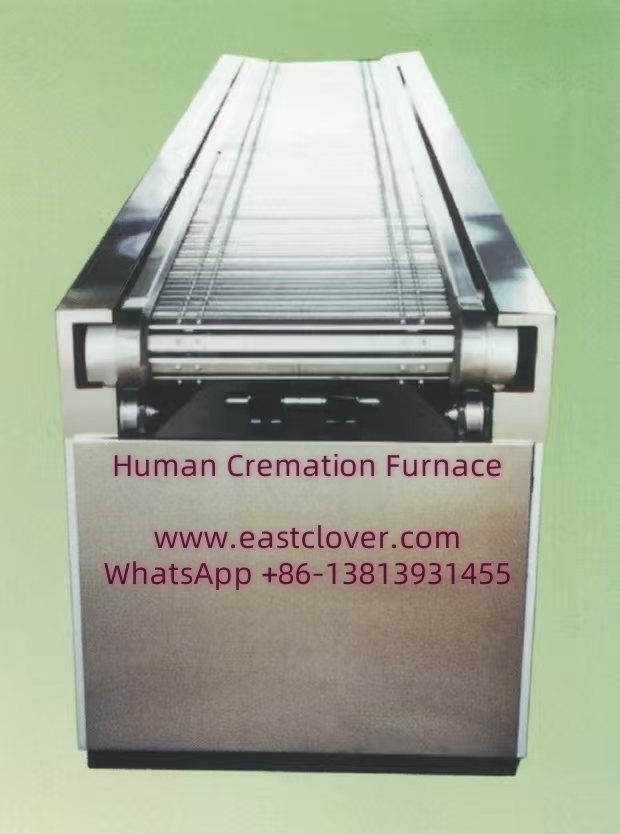Introduction
In modern mortuary practices, the demand for efficient and dignified end-of-life services has led to the development of advanced cremation technologies. Among these, 24/7 cremation furnaces stand out as critical infrastructure for communities requiring continuous operation, particularly in urban areas with high mortality rates or during public health crises. These systems not only ensure timely processing but also prioritize the respectful treatment of human remains. This news explores the engineering behind 24/7 cremation furnaces and their role in maintaining dignity during the cremation process.
Mechanics of 24/7 Cremation Furnaces
Design and Material Composition
Modern cremation furnaces are constructed using refractory materials such as alumina, silica, and zirconia, which withstand temperatures exceeding 1,800°F (982°C). The combustion chamber is lined with thick layers of these materials to ensure thermal efficiency and structural integrity. A secondary chamber, or “afterburner,” further incinerates particulates and gases to minimize emissions.
Automation and Continuous Operation
Continuous operation is achieved through automated loading systems, which reduce human intervention and maintain workflow. Programmable logic controllers (PLCs) regulate temperature, airflow, and fuel injection, ensuring consistent performance. Advanced models feature real-time monitoring via sensors that track pressure, humidity, and gas composition, enabling adjustments for optimal combustion.
Heat Recovery and Sustainability
To address energy consumption, many furnaces integrate heat recovery systems. Waste heat from the primary chamber is redirected to preheat incoming air or generate steam for ancillary facilities. This reduces fossil fuel dependency and operational costs while aligning with environmental regulations.
Sustaining Dignity in Continuous Care
Reducing Processing Delays
By operating round-the-clock, these furnaces minimize waiting periods for families, especially in regions with limited mortuary capacity. This efficiency alleviates emotional strain and ensures timely ceremonies, which are culturally significant in many traditions.
Respectful Handling Protocols
Automated systems are designed to handle remains with precision. Conveyor belts with gentle loading mechanisms and magnetic ID tags prevent misidentification. Staff trained in bereavement care oversee the process, adhering to strict ethical guidelines to preserve the deceased’s dignity.
Customization for Cultural Practices
Modular furnaces allow adjustments to accommodate religious rites, such as rapid cremation for Hindu traditions or delayed starts for certain Buddhist rituals. Privacy screens and family viewing areas further personalize the experience, fostering trust and closure.
Environmental and Ethical Considerations
Modern furnaces comply with EPA and EU emission standards, utilizing scrubbers and particulate filters to capture mercury, dioxins, and CO2. Ethical operation also mandates transparency: facilities often provide families with documentation of the cremation process, including temperature logs and ash retrieval certifications.
www.southclover.com
24/7 cremation furnaces exemplify the intersection of engineering and empathy. By balancing technical precision with compassionate care, these systems uphold the dignity of the deceased while meeting societal needs for efficiency and sustainability. As technology evolves, the focus remains on enhancing both environmental performance and human-centric design.
FAQs
- How long does a typical cremation take in a 24/7 furnace?
Between 1.5 to 3 hours, depending on body mass and furnace specifications. - Are emissions from continuous cremation harmful?
No—advanced filtration systems reduce pollutants to levels well below regulatory limits. - Can families witness the cremation?
Many facilities offer viewing rooms with timed windows to observe the process, respecting cultural preferences. - How are remains identified during high-volume operation?
Barcoded tags and digital tracking ensure accuracy from intake to ash return. - Is continuous cremation more expensive?
Costs are comparable to traditional services, with savings from energy-efficient designs often passed to clients.

Comments are closed